Iguana Island: A Unique Nature Experience in the Turks and Caicos
.Nestled just off the northeastern coast of Providenciales, Little Water Cay, also known as Iguana Island, offers a unique and unforgettable wildlife experience. Spanning approximately 116 acres, this peaceful island is a haven for nature lovers and a vital refuge for one of the Caribbean’s most endangered species—the Turks and Caicos Rock Iguana (Cyclura carinata). With an estimated population of nearly 3,000 iguanas, the island serves as a living example of successful conservation efforts in the region.
Visitors can explore well-maintained boardwalks that wind through the island’s natural habitat, allowing for close but respectful observation of the iguanas in their native environment. In addition to its ecological importance, Little Water Cay boasts beautiful coastal views, mangroves, and lush vegetation, making it a perfect spot for eco-tourism and photography. Whether you’re a wildlife enthusiast, a curious traveler, or a conservation supporter, a visit to Little Water Cay is both educational and inspiring.
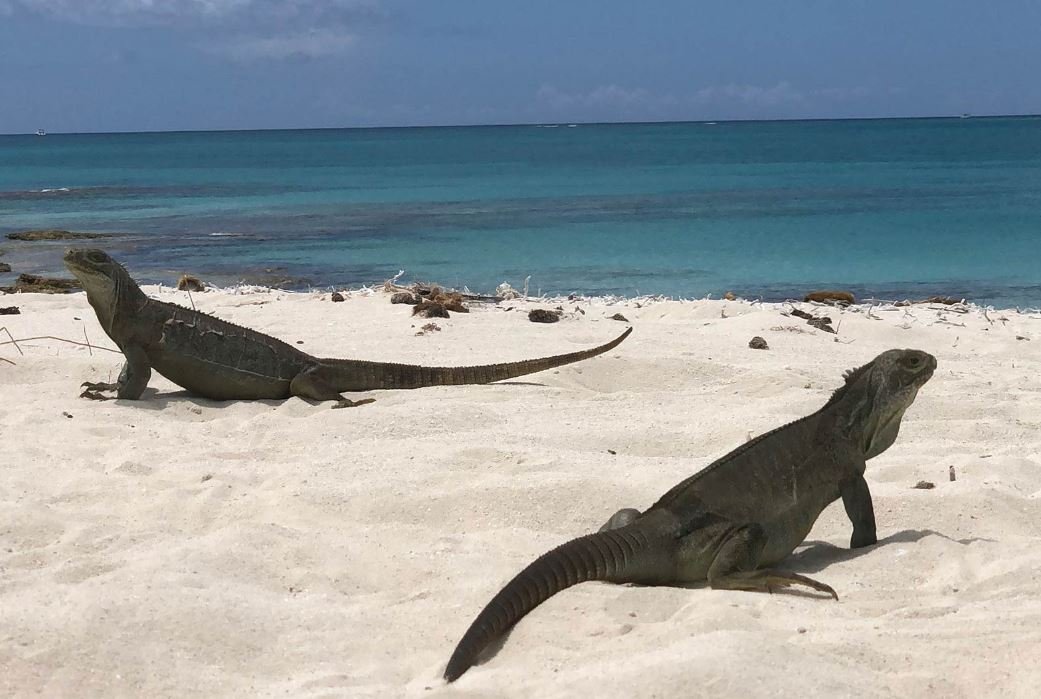

A Sanctuary for the Endemic Iguanas
Little Water Cay is part of the prestigious Princess Alexandra Nature Reserve, located within the larger Princess Alexandra National Park. This area is renowned for its natural beauty, including famous sites like Grace Bay Beach and the Bight Reef.
The cay itself is a true haven for the Turks and Caicos Rock Iguanas, which were once on the brink of extinction. Today, thanks to dedicated conservation efforts, their numbers have flourished, making Little Water Cay one of the best places to see these fascinating creatures in their natural habitat.
The island is crisscrossed with well-maintained nature paths, offering visitors the chance to explore diverse habitats such as mangrove swamps, tidal flats, and coastal scrublands. The iguanas, often seen basking in the sun amidst the island’s coastal vegetation, are surprisingly docile, making it easy for visitors to observe them up close. Local guides are present to ensure both the safety of the iguanas and the protection of the island’s delicate ecosystem.
A Haven for Nature Lovers
Visitors may also encounter hermit crabs, especially after rain showers, as well as southern stingrays gliding across the shallow sand flats. The waters surrounding the cay are frequented by lemon sharks, which prefer the deeper tropical waters of the area.
For those interested in kayaking or boating, Little Water Cay is easily accessible from Providenciales, located only about 499 yards (456 meters) away.
The short boat ride from the Blue Haven Marina is a quick and scenic journey, with kayak rentals available through local operators like Big Blue Collective. While the currents in the channel can be strong, the area is typically populated with other boaters, so assistance is always nearby if needed.
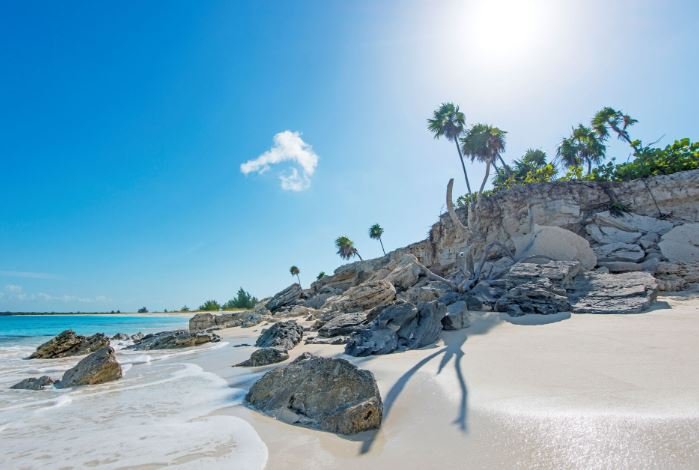
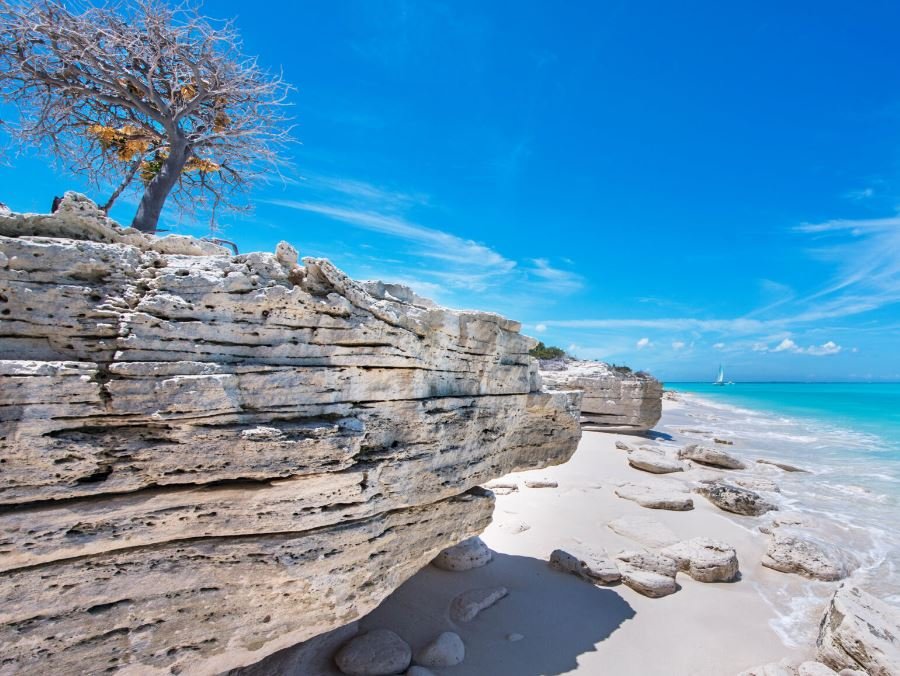
Exploring Little Water Cay
Once on the island, visitors can choose between two looped boardwalks that guide them through the cay’s various ecosystems. The northern trail features saline wetland ponds, where visitors can observe the unique coastal flora and fauna. The southern trail, the first one encountered when arriving by boat, offers similar views but with a closer look at the island’s dense vegetation.
Whether arriving by kayak or boat, the journey to Little Water Cay is short, making it an ideal excursion for families, nature enthusiasts, and eco-tourists alike.
The entire trip typically lasts between two to three hours, offering just the right amount of time to explore the island’s attractions.
The highlight, of course, is the opportunity to see the iguanas in their natural habitat, and visitors can even take a detour to visit smaller nearby islets, where wild iguanas roam freely.
Conservation Efforts: A Success Story
The Turks and Caicos Rock Iguanas were once on the verge of disappearing entirely. Introduced predators, such as cats and dogs, caused their numbers to plummet across the islands. However, dedicated conservation initiatives have turned the tide.
The iguanas, once critically endangered, have now been reclassified to a less perilous status, thanks to the ongoing protection efforts on Little Water Cay and surrounding areas.
These conservation efforts ensure that future generations will continue to experience the unique beauty of these incredible reptiles.
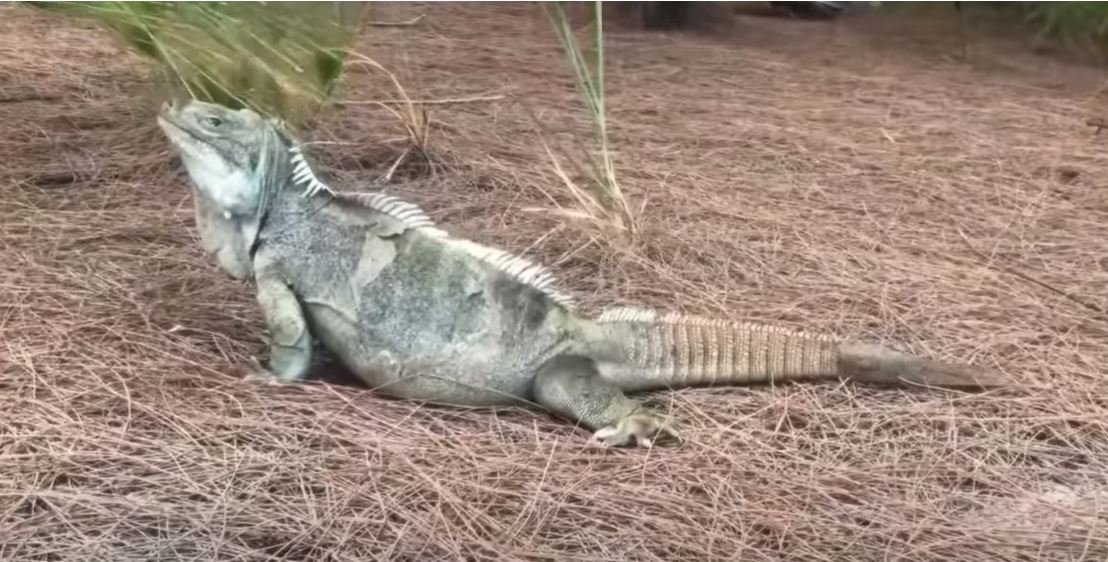

Important Considerations
While visiting Iguana Island, it’s important to be mindful of the island’s protected status, as it is one of the last remaining habitats for the critically endangered rock iguanas native to the Turks and Caicos Islands. This small, uninhabited island plays a vital role in the conservation of these unique reptiles, which are not found anywhere else in the world.
To help preserve the fragile ecosystem, local regulations have been put in place to minimize human impact on the island’s flora and fauna. Visitors are strongly encouraged to stay on designated paths, avoid disturbing the iguanas or their nests, and refrain from leaving any litter behind.
By following the guidelines established by the Turks and Caicos National Trust and the island’s ongoing conservation initiatives, guests can help ensure that Iguana Island remains a safe haven for wildlife. Respecting the natural beauty of this special place is essential for future generations to enjoy and learn from.
An Unforgettable Eco-Tourism Experience
Little Water Cay, also known as Iguana Island, is much more than just a picturesque destination; it’s a living testament to the power of conservation and the untouched beauty of nature. Located just off the northeastern coast of Providenciales in the Turks and Caicos Islands, this protected nature reserve is home to the endangered rock iguana, a species that once faced extinction but now thrives thanks to dedicated preservation efforts.
Visiting Little Water Cay offers a truly immersive experience. You can paddle over crystal-clear turquoise waters by kayak or take a guided boardwalk tour to observe the iguanas in their natural habitat without disturbing them. Along the way, you’ll encounter pristine beaches, mangroves, and scenic trails that highlight the island’s ecological diversity.
Whether you’re an adventure seeker, a nature lover, or simply in search of peace, this cay delivers a unique and unforgettable encounter with the natural wonders of Turks and Caicos.
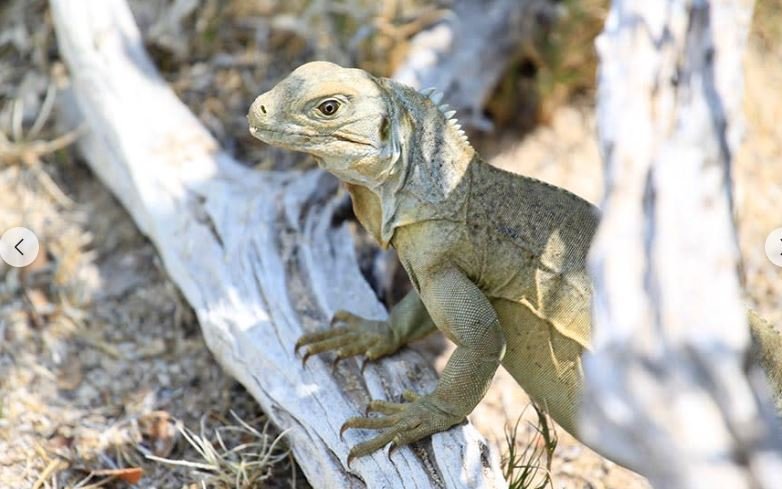
The best accommodations in Turks and Caicos

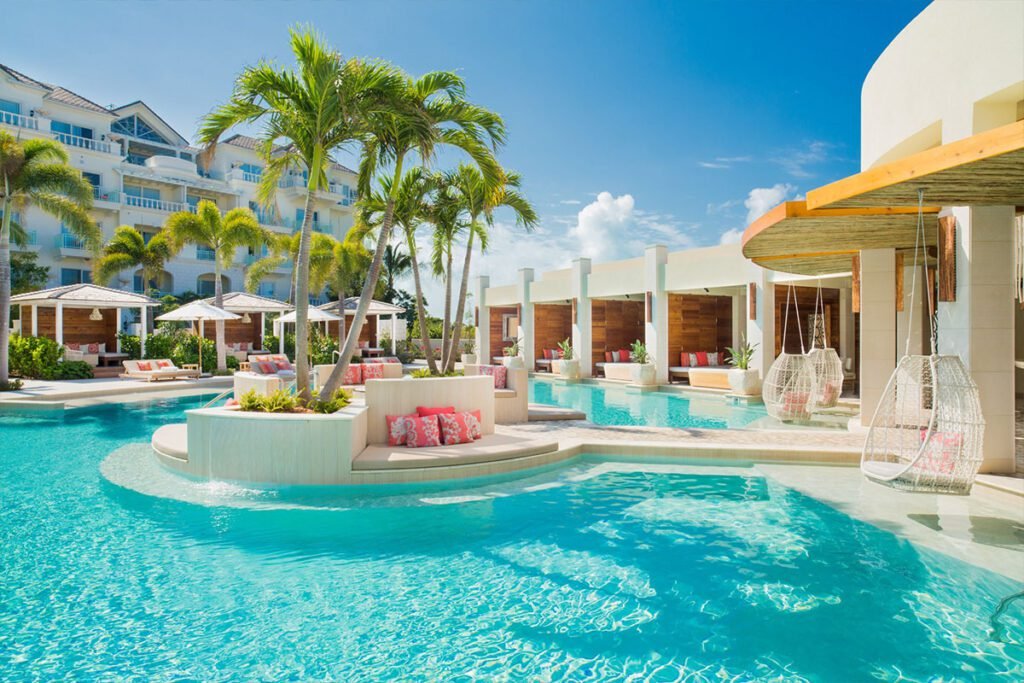
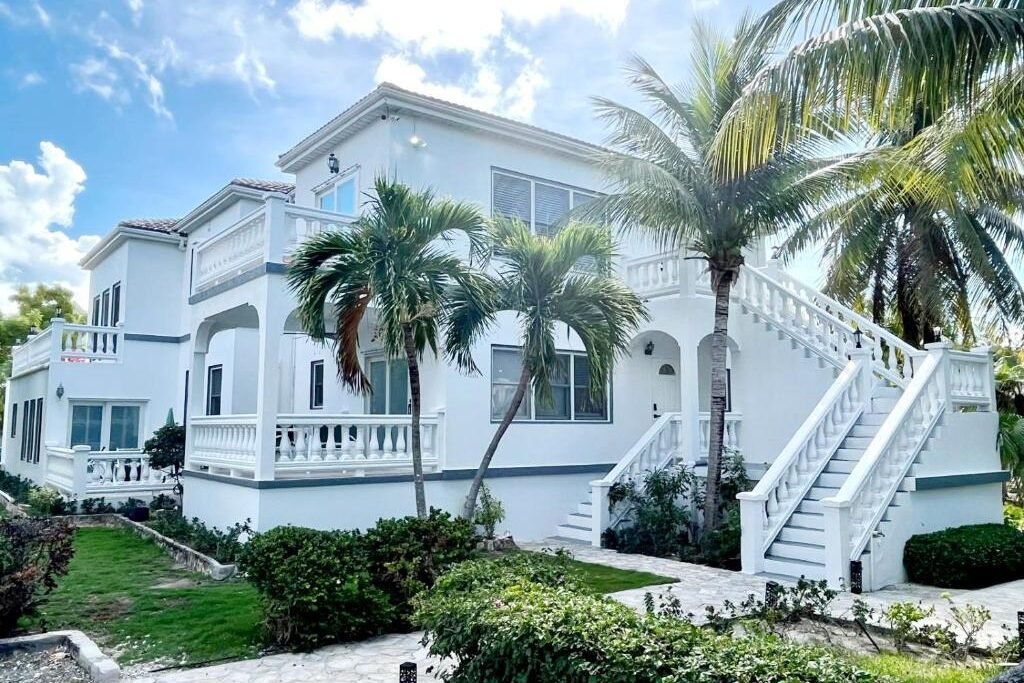
Learn more about Turks and Caicos Islands
- Explore the underwater world of Turks and Caicos
- Kayaking in Chalk Sound’s turquoise waters
- Most beautiful beaches to visit in Turks and Caicos
- Top things to do on your Turks and Caicos vacation
- Turks and Caicos weather by season
- Best areas to book a stay in Turks and Caicos
- Where are the Turks and Caicos Islands located?
- What to know before visiting Turks and Caicos
